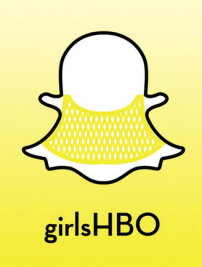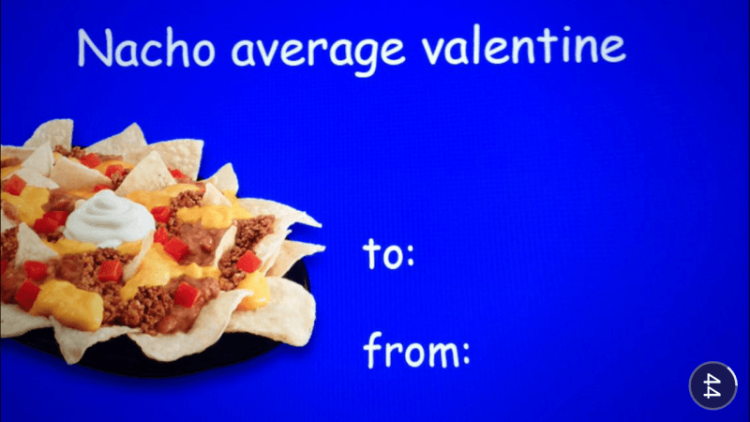Snapchat is one of the most successful new social media venues. It reportedly has over 100 million users. Average users are highly engaged, visiting the app frequently. It’s one of the most popular apps among millennials.
Snapchat is unique among social media outlets, as Brad Lawless, vice president of sales for Collective Bias, points out. Users have a limited amount of time to view photos and videos, or “Snaps.” As of March 2015, the limit was 10 seconds, according to Snapchat. Senders set the time limit.
Snapchat’s “My Story” feature allows users to create video montages that can be viewed an unlimited number of times over a 24-hour period before disappearing. The “stories” are simultaneously shared with the user’s friends. As with many emerging social media platforms, the app’s guidelines are constantly changing as it seeks to meet desires of both users and advertisers.
While some marketers dislike the app’s short time limit, snaps for marketing have one enticing feature: They get the viewer’s undivided attention, since they must touch the screen during the snap’s duration, Lawless says. Plus, the app’s ephemeral nature creates a private, intimate feeling with consumers. Snaps of successful brands feel like a personal conversation between friends. Their snaps feel more natural than most advertisements.
While marketers seek engagement on networks like Facebook and Twitter, successful brands on Snapchat don’t seek engagement, Lawless says. They tell stories.
Many brands are using Snapchat to good effect. The following case studies of successful Snapchat marketing campaigns may stimulate your thinking on how best to use the mobile app to promote your brand(s).
Taco Bell. Taco Bell demonstrates how a food brand can encourage customers to head to its restaurant. Its Snapchat Stories keep fans engaged and looking forward to new Taco Bell snaps. The restaurant chain introduces new menu items on the app and entertains customers with witty interactions. Its Valentine’s Day campaign featured virtual Valentine’s cards that people could amend and share with their own sweethearts.
GrubHub. GrubHub, an online food ordering company, sends customers updates and deals, often exclusive to the app, that fans often share. The company advertised for an intern with “Snapchat Skillz.” Using the Snapchat Stories feature, GrubHub posted a six image photo slideshow to explain how interested candidates can apply with a snap of their best doodle. The ad suggests that when companies seek a marketer who is experienced in using a certain social media outlet, it’s best to advertise on that particular network.
WetSeal. WetSeal, a clothing brand, favors snaps of coupon codes and exclusive behind-the-scenes footage. Its partnership with MissMeghanMakeup exemplifies a successful Snapchat influencer campaign. The 18-year-old beauty blogger has over 320,000YouTube subscribers, over 100,000 Twitter and 194,000 Instagram followers – an ideal demographic for WetSeal.
McDonald’s. The McDonald’s “Pay with Lovin” campaign during the last Super Bowl showed how to integrate Snapchat and Twitter. The simultaneous Twitter and Snapchat promotions synchronized with McDonald’s television ads – probably a marketing first. Its Snapchat promotion showed three friends on a couch watching football and talking about the McDonald’s ad. The campaign highlighted the importance of reaching the Snapchat audience at exactly the right time.
HBO. HBO joined Snapchat to promote its hit show “Girls,” obviously recognizing that  social media is extremely popular among females in their teens and 20s. Its promotion was also active on Facebook, Twitter, Instagram and Pinterest. HBO used Snapchat to reveal behind-the-scenes content not available elsewhere and remind fans when the show was scheduled. Some fans took screen shots of the snaps and tweeted them to their followers, further promoting the television series.
social media is extremely popular among females in their teens and 20s. Its promotion was also active on Facebook, Twitter, Instagram and Pinterest. HBO used Snapchat to reveal behind-the-scenes content not available elsewhere and remind fans when the show was scheduled. Some fans took screen shots of the snaps and tweeted them to their followers, further promoting the television series.
The Philadelphia Eagles. The Philadelphia Eagles pro football team quickly gained 7,000 fans in their first week on the app. Snaps included promotions of new products and apparel fans can find in stores, and behind-the-scenes photos and videos, like different Eagles players singing “What Does the Fox Say?”
Mountain Dew. Mountain Dew advertised its flavors for its Kickstart Morning Drink just before the Super Bowl. The day before the game, it launched Kickstory, a real-time, “fan-driven,” Snapchat story featuring web celebrities Jerry Purpdrank and D-Trix. It also posted content on Vine, YouTube and Twitter. Fans were encouraged to vote for what happened next in the story by taking screenshots. The campaign was noteworthy for its effective use of multiple, open story lines, influencers and interactive engagement with its audience.
Bottom Line: Examples of successful Snapchat campaigns show that knowing your audience, reaching them at the right time, and integrating campaigns across different networks can build brand awareness and encourage consumers to purchase products.
Other Articles
5 Ways Brands are Using Snapchat for Marketing and Promotion
ReelSEO
Here’s What Innovative Brands Did on Snapchat for the Super Bowl
Marketing Land
The 5 Best Snapchat Campaigns
Postano
William J. Comcowich founded and served as CEO of CyberAlert LLC, the predecessor of Glean.info. He is currently serving as Interim CEO and member of the Board of Directors. Glean.info provides customized media monitoring, media measurement and analytics solutions across all types of traditional and social media.





